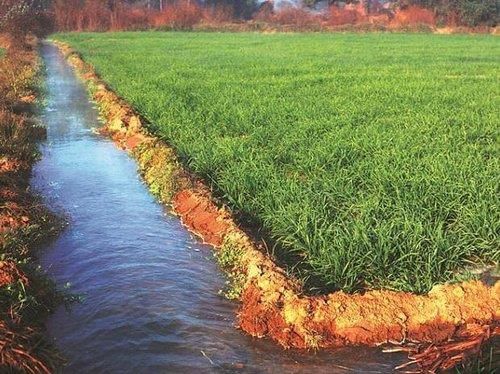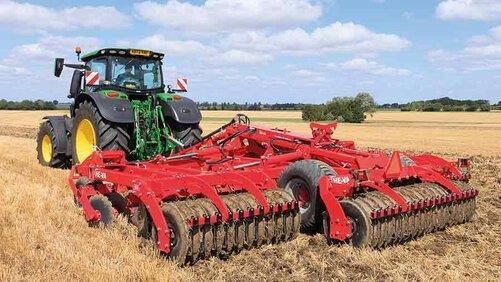|
Card: 2 / 44 |
Peasants formed the backbone of agricultural society, performing essential farming tasks in villages, which were the fundamental units of agriculture.  |
|
Card: 3 / 44 |
Large areas of ___, ___, and ___ were unsuitable for cultivation in India during this period, impacting farmland availability. |
|
Card: 5 / 44 |
The Ain-i Akbari is significant because it provides detailed records of ___ arrangements, revenue collection, and the relationship between the state and zamindars. |
|
Card: 7 / 44 |
Identify one major source of information about agrarian practices in sixteenth and seventeenth-century India. |
|
Card: 9 / 44 |
Fill in the blank: Extensive records from the ___ provide useful descriptions of agrarian relations in eastern India. |
|
Card: 11 / 44 |
What central theme was presented in the Ain-i Akbari regarding Akbar's empire? |
|
Card: 12 / 44 |
A vision of social harmony under a strong ruling class, depicting any challenge to Mughal authority as destined to fail.  |
|
Card: 13 / 44 |
Which regions' revenue records from the seventeenth and eighteenth centuries offer valuable insights into agrarian practices? |
|
Card: 16 / 44 |
The two main types of peasants were khud-kashta (resident cultivators) and pahi-kashta (non-resident cultivators working on a contractual basis).  |
|
Card: 17 / 44 |
Peasants commonly used terms like raiyat, muzarian, kisan, or asami to refer to ___ and ___. |
|
Card: 19 / 44 |
True or False: The introduction of new crops during the seventeenth century included maize from Africa and Spain. |
|
Card: 21 / 44 |
Fill in the blank: Agriculture revolved around two major seasonal cycles, ___ (autumn) and ___ (spring). |
|
Card: 24 / 44 |
Monsoons were crucial for Indian agriculture as they provided necessary rainfall, but some crops required additional water, leading to the development of irrigation systems.  |
|
Card: 25 / 44 |
Which new vegetables were introduced from the New World that contributed to the diversity of crops in the Indian subcontinent? |
|
Card: 27 / 44 |
Multiple Choice: What was a significant factor determining a peasant's wealth? |
|
Card: 30 / 44 |
The three main elements are cultivators, the panchayat (assembly of elders), and the village headman (muqaddam or mandal). |
|
Card: 31 / 44 |
True or False: The panchayat has the authority to dismiss the headman if the elders lose confidence in him. |
|
Card: 33 / 44 |
Fill in the blank: The panchayat derived its funds from contributions made by individuals to a ___ financial pool. |
|
Card: 35 / 44 |
How did caste distinctions affect the roles of cultivators in the village community? |
|
Card: 36 / 44 |
Caste distinctions resulted in a highly heterogeneous group of cultivators, with certain caste groups assigned menial tasks, leading to deep inequities in social status and economic opportunities. |
|
Card: 37 / 44 |
What role did village artisans play in the community, and how were they compensated for their work? |
|
Card: 38 / 44 |
Village artisans performed tasks related to both agriculture and crafts, providing specialized services in exchange for compensation, often as a share of the harvest or land allotments.  |
|
Card: 39 / 44 |
True or False: The concept of the village as a 'little republic' accurately reflects rural egalitarianism. |
|
Card: 40 / 44 |
False. Deep inequities based on caste and gender distinctions persisted despite this perception.  |
|
Card: 41 / 44 |
What were some of the tasks performed by cultivators and their families beyond agriculture? |
|
Card: 42 / 44 |
Cultivators and their families engaged in craft production, including dyeing, textile printing, baking, pottery, and the making or repairing of agricultural implements.  |
|
Card: 44 / 44 |
Women were vital in tasks such as spinning yarn, pottery, and embroidery, contributing significantly to artisanal production. |


























